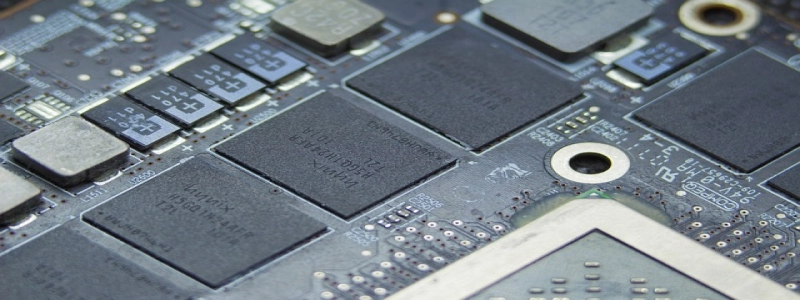Wavelength Division Multiplexing: How It Works
Introduction:
In today’s fast-paced digital world, the demand for high-speed data transfer has increased exponentially. Wavelength Division Multiplexing (WDM) has emerged as a key technology to meet this demand. This article aims to provide a comprehensive understanding of how WDM works.
1. What is Wavelength Division Multiplexing?
Wavelength Division Multiplexing is a technique used in optical fiber communication networks to combine multiple data signals and transmit them simultaneously over a single optical fiber. Each data signal is assigned a specific wavelength, allowing them to coexist without interference.
2. How Does Wavelength Division Multiplexing Work?
a. Optical Transmitters:
In WDM, optical transmitters are responsible for converting electronic signals into optical signals. These transmitters use lasers or light-emitting diodes (LEDs) to generate light at specific wavelengths. Each transmitter generates a signal at a different wavelength, ensuring they can be distinguished.
b. Multiplexer:
The multiplexer is a critical component in WDM systems. It combines multiple optical signals with different wavelengths into a single stream that can be transmitted over a single fiber. The multiplexer achieves this by utilizing prisms or diffraction gratings to separate the individual wavelengths of light.
c. Optical Fiber:
Once the optical signals are combined by the multiplexer, they are transmitted over an optical fiber. Optical fibers are designed to carry light signals with minimal loss and interference. The signals travel as pulses of light, with each pulse representing a specific wavelength.
d. Demultiplexer:
At the receiving end, a demultiplexer separates the combined signals back into their individual wavelengths. It performs the opposite function of the multiplexer, using prisms or gratings to separate the incoming light pulses.
e. Optical Receivers:
The demultiplexer sends each separated signal to its respective optical receiver, which converts the light signals back into electronic signals. These signals can then be processed and decoded for their intended purpose.
3. Advantages of Wavelength Division Multiplexing:
a. Increased Bandwidth: WDM allows for the simultaneous transmission of multiple data signals, significantly increasing the available bandwidth. This is particularly beneficial in scenarios where large amounts of data need to be transmitted quickly, such as in data centers and telecommunications networks.
b. Cost and Space Efficiency: WDM eliminates the need for multiple optical fibers by combining multiple signals onto a single fiber. This reduces the cost of infrastructure and saves valuable physical space.
c. Scalability: WDM systems can easily be upgraded to accommodate more data signals by adding additional wavelengths. This scalability makes it a future-proof technology as data demands continue to grow.
Conclusion:
Wavelength Division Multiplexing is a powerful technology that enables high-speed data transmission by combining multiple signals on a single optical fiber. Through the use of optical transmitters, multiplexers, optical fibers, demultiplexers, and optical receivers, WDM systems can achieve efficient and cost-effective data transfer. With the ever-increasing demand for bandwidth, WDM will continue to play a vital role in our interconnected world.








